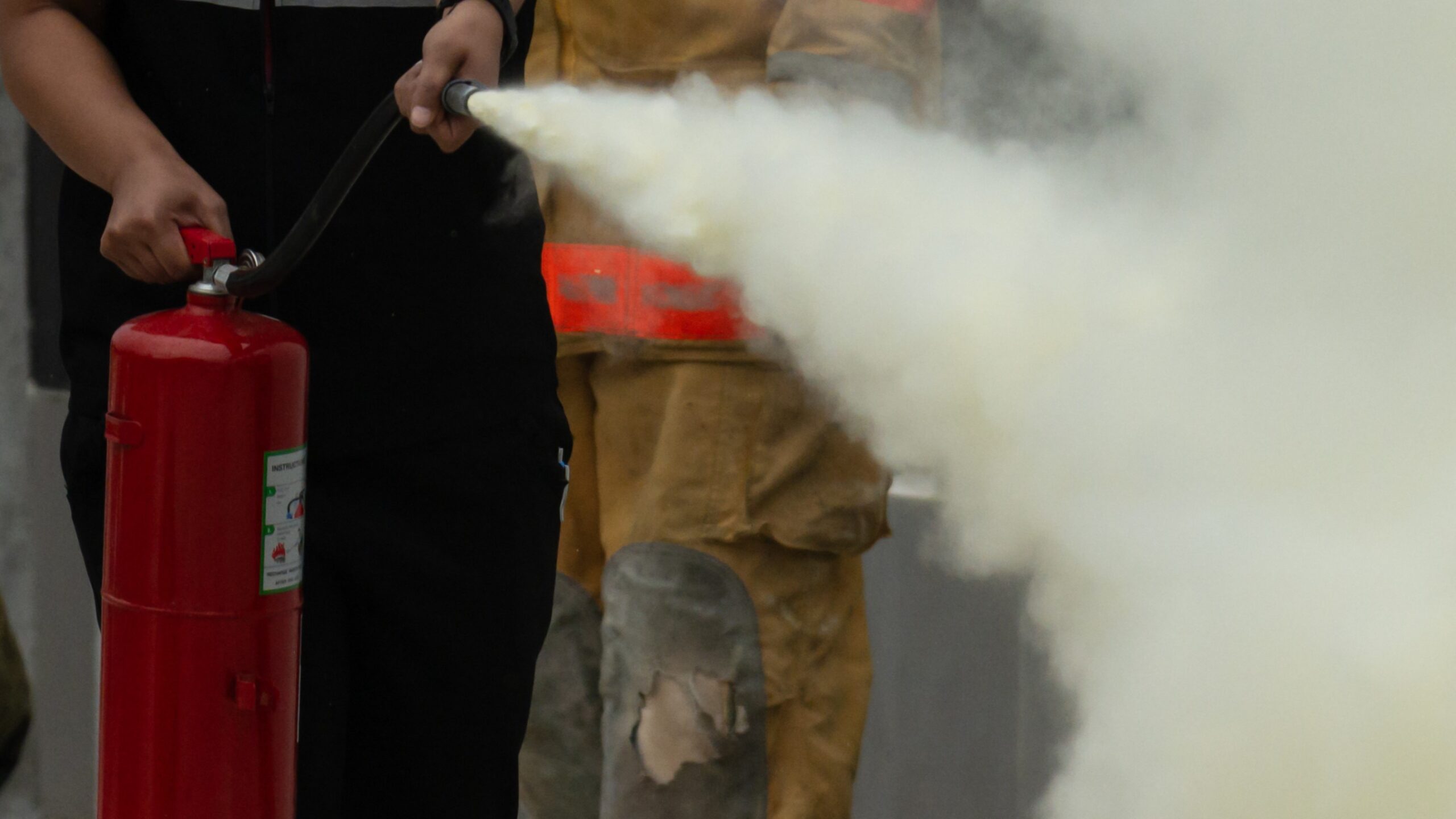Envirocert and CISEC storm water quality certifications are offering on-line training and exam solutions to comply with CDC, state, and local restrictions. Envirocert’s CESSWI and CPESC and the CISEC certifications are options to fulfill INDOT’s national certification requirement found in the Standard Specification section 205.03 (b) (2) Level 2 Stormwater Quality Manager.
See the following information provided by both certifying organizations about modifications to their programs.
ENVIROCERT (CESSWI & CPESC)
At Home/Office Online Exam with Remote Proctoring
In an effort to provide applicants with an immediate option to take exams, ECI is in the process of developing a “computer proctoring approach” which will allow applicants to take exams at their home or office. Exams will be administered online, utilizing a remote proctor that will monitor their computers via webcam. Strict security measures will be implemented to ensure exam security.
ECI has gone to great lengths to implement this technology to allow individuals to continue to work towards their Professional Certifications. Exams have been reduced to three (3) hours (full exam) to assist during these times. In order to facilitate a successful event, the vendor(s) will ensure that the examinee’s personal computer equipment and internet connectivity meets the necessary system requirements. Examinees will be able to choose between two (2) vendors who offer the ECI Certification Exams: learn.net or Prometrics. Both will administer exams online, utilizing remote proctoring and offer a bundle option for the General Principles Review and the certification exam as well as the Part A (when applicable).
Launch A
(End of April 2020)
QSM | Part A | CESSWI
Launch B
(May 2020)
CPESC | CESSWI-SI | CPESC-SI
If you have additional questions or would like any additional information, please contact ECI at info@envirocert.org or call 828-655-1600.
CISEC
CISEC, Inc. is adhering to CDC, State and local restrictions associated with the COVID-19 situation that is impacting the nation. Since attendance in an in-person CISEC program is not feasible at this time, CISEC is ready to assist you in enrolling into its online training modules and finding a proctor to administer your CISEC certification examination. Of course, should you want to you want to wait until they are once again available, there will not be any problem transferring your registration to a future in-person program.
Accessing the CISEC On-Line Training Modules
Your enrollment in the CISEC Online Training modules will be covered by your already paid in-person training fees. Instructions for access are:
- Download your free CISEC training manual and drawings by clicking on the link MANUAL.
- Enter into the CISEC online training modules available through IECA at ehub.ieca.org by clicking on the link ONLINE.
- Contact the IECA team with any difficulties in accessing training modules (Joanna – joanna@ieca.org or Jack – jack@ieca.org).
Unless advised differently, beginning at 11:00 a.m. (MDT) on May 15, CISEC, Inc. will conduct a “Fireside Chat” webinar to provide answers and/or discuss various topics of concern.
Administering CISEC Certification Examinations
If you have been approved by CISEC, Inc. to sit for one of the CISEC certification examinations, CISEC will coordinate with you to find a proctor. This process requires you to complete and submit a proctor registration form to contactus@cisecinc.org.
Additional information about proctoring your test can be found by clicking on PROCTOR.
Once CISEC gets your proctor form, it will develop a contract with the proctor of your choice specifying a date and time for administration of your examination.
You have 24 months after completing the training modules to sit for the 3.5-hour CISEC Full examination. If you want to wait until CISEC once again hosts “In-Person” training programs, you can sit in the afternoon of Day 2 (see attached brochure), and CISEC will waive the proctor fee.








